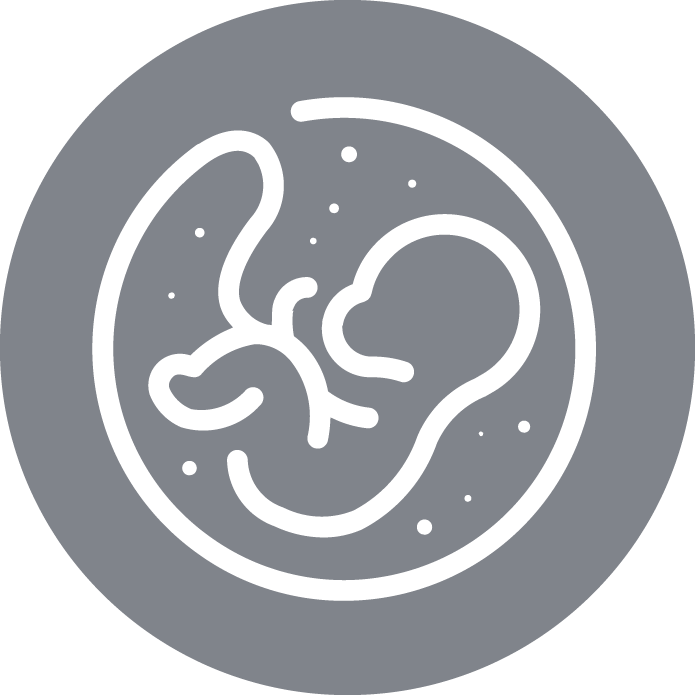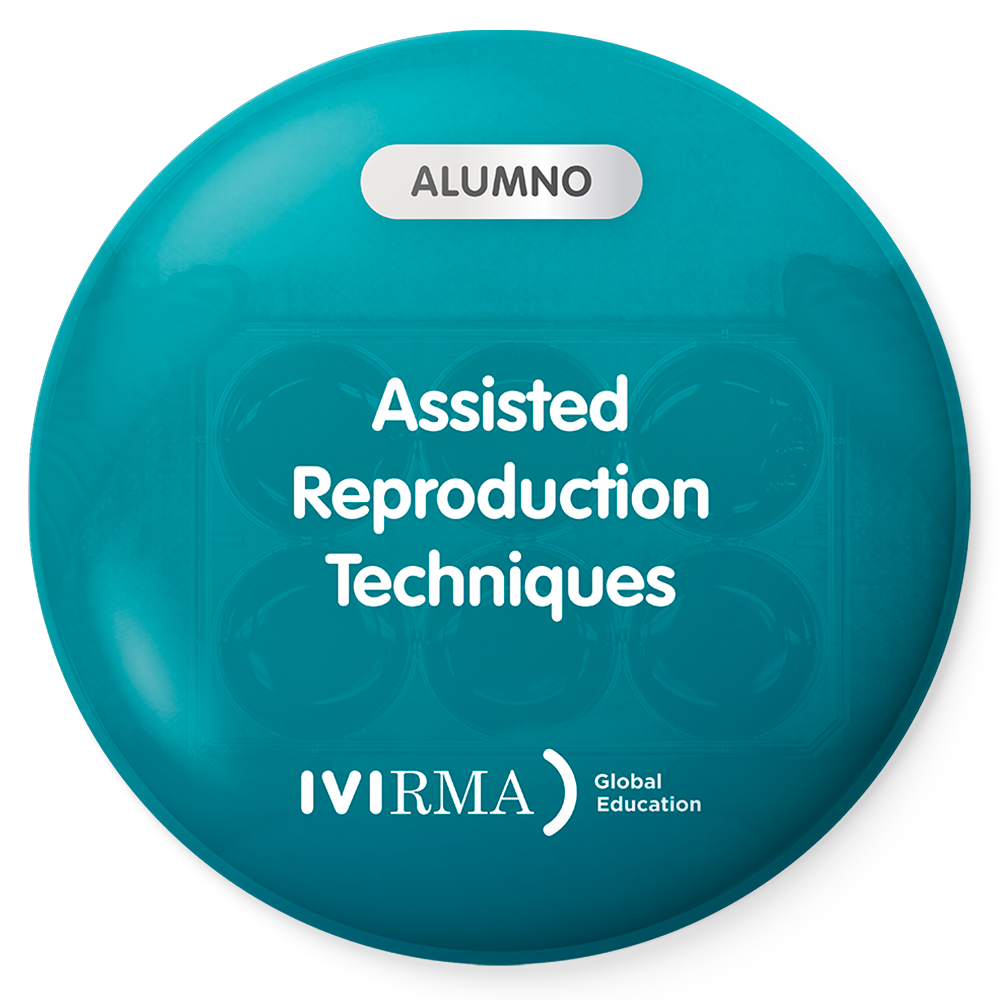Basic Techniques In Assisted Reproduction
MODALITY: Online
CENTER: IVIRMA Global Education
20 theoretical
IVIRMA Campus
350 €
This course is accredited by the European Accreditation Council for Continuing Medical Education (EACCME).Once course is completed you will be awarded with 20 ECMEC´s credits. More information in FAQ´s
Intended for
Andrologists, Embriologists, Specialists in Reproductive Medicine, Gynaecologists, Doctors, Residents of Gynaecology and Obstetrics
Description
Infertility is an extremely common problem in developed societies that is mainly associated with a delay in maternal age, as well as with environmental and genetic factors.
Fortunately, the development of techniques to overcome infertility has undergone a rapid and remarkable evolution.
This course will try to provide a global vision of assisted reproductive techniques.
Important information:
The online course will be carried out through the e-learning platform: IVIRMA Campus. The student will receive a message with the access information and credentials 24/48 hours before the start of the course.
IVIRMA Campus can be accessed from Windows computers (7, 8 or 10) or Mac, using Chrome or Firefox in its last three versions. Access from mobile devices is not supported and does not ensure the correct operation of the course.
To successfully complete the training and obtain the corresponding certificate, the student must obtain a percentage greater than or equal to 70% of correct answers in the final evaluation. To do this, you will have two opportunities to take the exam.
Skills
Learning outcomes expected to be acquired by the student at the end of the course:
1. Recognize the organization and procedures of a reproduction clinic.
2. Identify advanced techniques within Assisted Reproduction.
3. Perform an active role in solving problems and making decisions according to the situations that may occur in an Assisted Reproduction laboratory.
4. Identify the reproductive technique of choice in each case, based on the characteristics and origin of infertility.
5. Apply the knowledge of molecular biology to assisted reproduction.
6. Analyse the risks and waste derived from Human Reproduction in the appropriate way.
Program
1. Structure of an AR unit
2. History of ARTs
3. Low complexity procedures: artificial insemination and sperm freezing
4. Gamete donation
5. Diagnostic procedures in the clinical analysis laboratory
6. High complexity procedures
7. Applied molecular biology techniques
8. Research in Assisted Reproduction
9. Risk Management
10. Treatment of sanitary waste
11. ISO Management System and Quality Management
12. Artificial Intelligence
Program
Paper
Structure of an ART unit
History of ART
Diagnostic procedures in the clinical analysis laboratory
Low complexity techniques
High complexity procedures
Gamete donation: oocytes and sperm
Applied molecular biology techniques
Future development: research in assisted reproduction
Risk management
Treatment of sanitary waste in an ART unit
ISO Management System and Quality Management




